Hello everyone! My name is Ross and like many of you I love the Commander format. When I first started playing Magic, my kitchen table decks would always have a leader in them or some powerful creature that I considered the pinnacle of what the deck was trying to do. When I found the format known as EDH at the time, I found a home.
Of course things change with time. Though my love of the format hasn't wavered in all these years, how I view it and how I interact with it has. In my first article here on Flipside I wanted to share with you how I assess the power of decks.
Potential Power
Indeed, the word power in Commander has become something of a joke to many. The phrase “my deck is a 7” is something of a meme at this point, but illustrates the difficulty at defining something across a format as diverse as Commander. In order to tackle this problem, we have to do away with this system as it is assumed. There are no strata, no levels, no clearly defined thing that will tell you everything you need to know because of the variance that comes into play every game.
So let's throw out the idea of power levels and focus on a more flexible definition that is defined by multiple factors. While this method will by no means be perfect, it can more readily be applied across a personal playgroup as well as a LGS meta for Commander.
The terms I use to define a deck's power, from here on out called potential, are as follows: Speed, Resilience, Redundancy, Synergy, and Opponent(s). I like to think of them like the stat bars you find in video games where they are graphed for comparison.
Gotta Go Faster

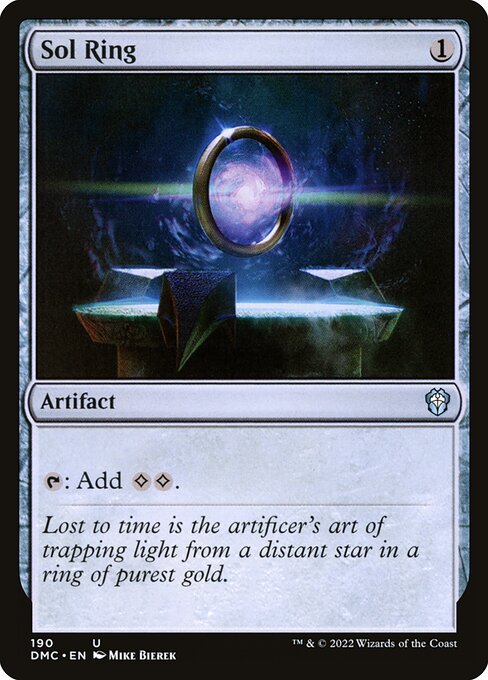
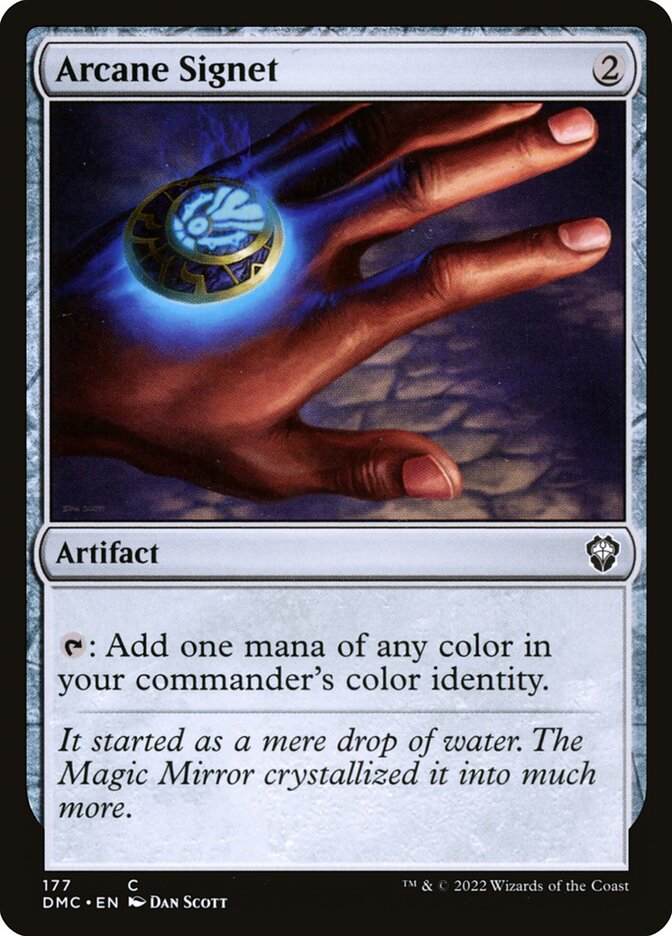
When I refer to speed, I'm sure a great number of you will recognize cards in this section. Mana Vault, Sol Ring, Arcane Signet, Jeweled Lotus and other early ramp cards that help define the starting, possibly explosive turns of the game are a part of this category. This would immediately mean that a deck has more early turn potential than other decks that don't have these cards. This is true, but only in part.
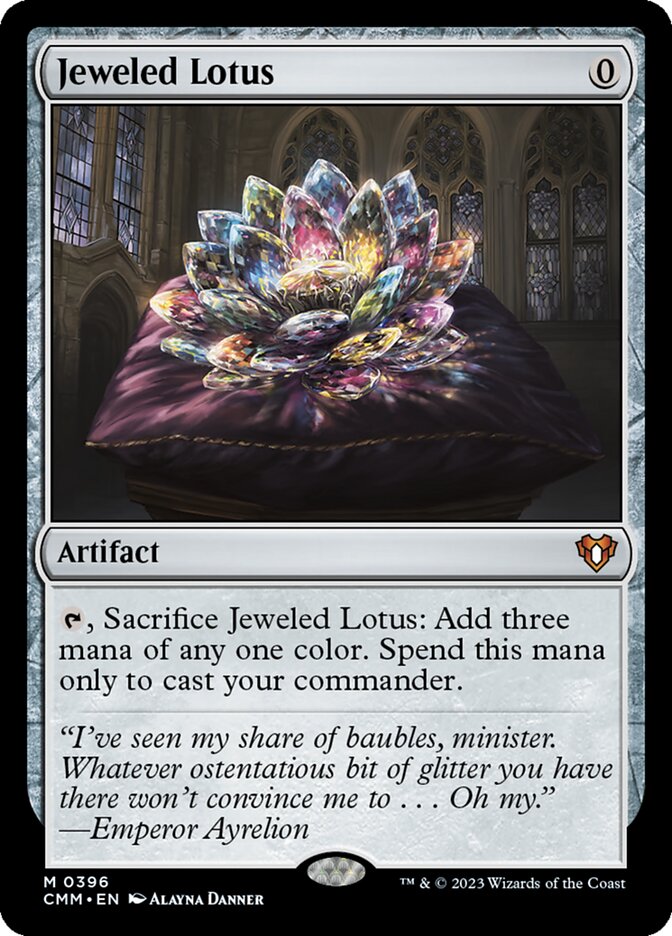
While these cards can drop 4 mana value Commander turn one, they will more often (outside of Jeweled Lotus) provide for more ramp or value cards that have a one time impact or gain value over the game. The inherent weakness of these cards however is the need to draw them to do anything. Without a chunk of a deck tuned to provide for such an outcome, it becomes less of a contribution to the deck's potential but still a measurable one by players.
Unbreakable Resilience
Even if a deck goes off and runs around the table for a turn or two, the opponent may run out of gas to sustain that kind of start. This is where recovering, gathering, and drawing more resources comes into play.
Having a powerful deck doesn't do anything if your opponents break everything down before you get a chance to do something, and they should and will try. While things like countermagic work wonders at stopping others from interacting with your cards, the ability to recur your resources or protect them from destruction gains you advantages over time, especially if you depend on specific pieces that get your strategy going.
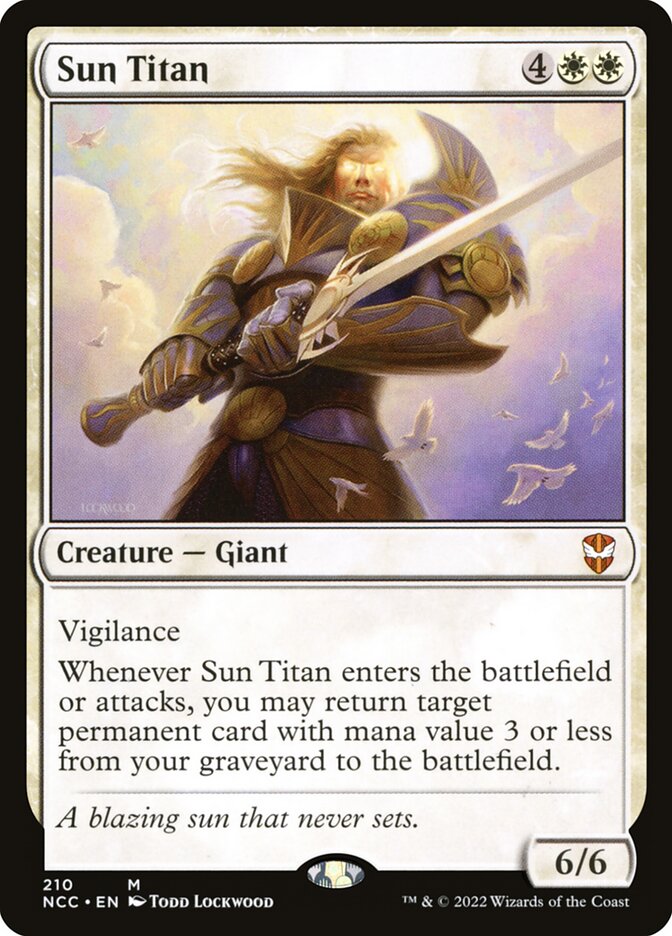
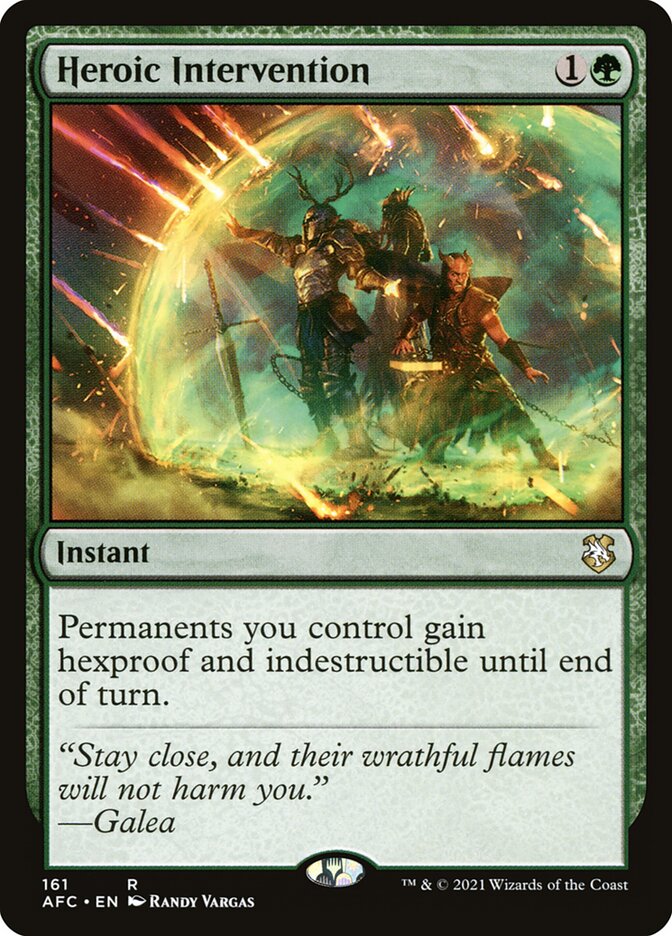

Different colors do this via different means, but each color does have access to some recursion and/or protection. Classics like Sun Titan, Heroic Intervention, and Boros Charm make regular appearances in many decks with their colors. More obscure cards like Withering Boon can be at home in the right deck and meta.
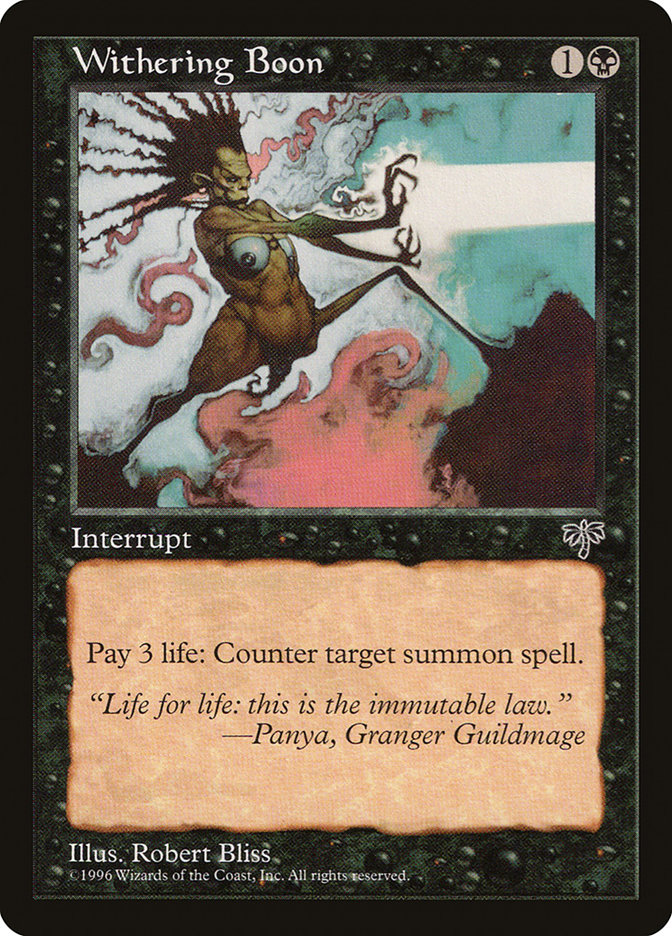
Again though, we have the caveat that these cards need to be drawn out of a 100 card deck. Card draw exists in Commander in droves, but there is something that can help all this along that needs consideration.
Redundancy To Do It Again
When considering the power of a deck, it is important to analyze how much you or your opponent might have to go through to break down a player's strategy after the deck gets on a roll or while setting up.
Often a deck will have a card that has an effect and another card that does a similar thing better, or worse, as a backup or primary piece. This leads us into redundancy; how many times can a deck do a thing even if a card is removed. This limits the problem of drawing the cards if a few cards can do the same or not quite the same thing. Like the early ramp cards, having enough recursion and enough protection in the deck to draw some when the game is at a critical state is key.
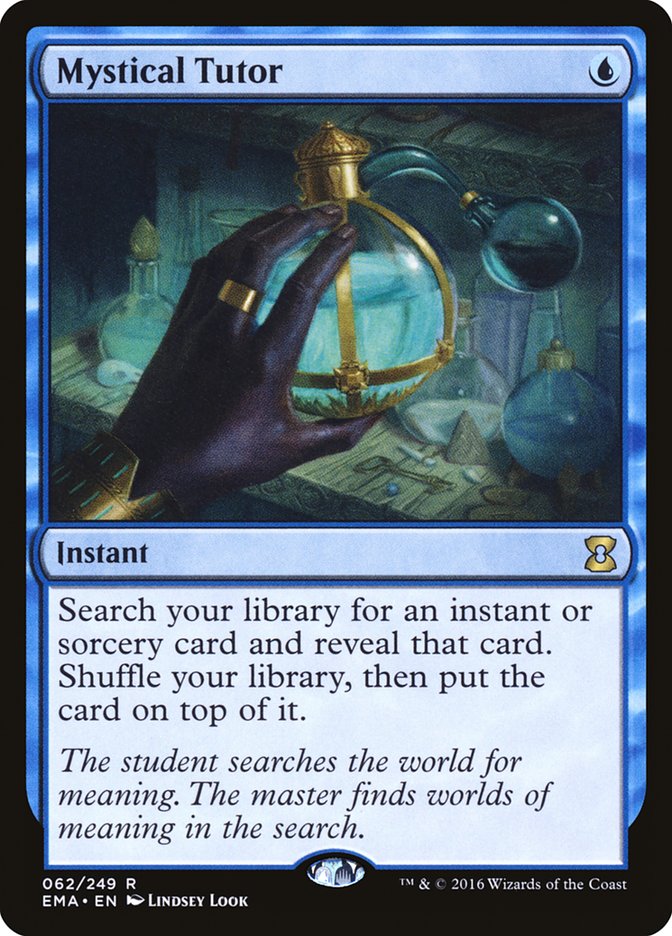
Outside of drawing the cards, this is a good place to mention tutor effects (and I count land search as a tutor effect here). Tutors can search out a card defined by their effect and bring it closer to being used when needed. In a way, every tutor acts like a redundant, second copy of any card the tutor can get. When I evaluate a deck's potential, the addition of tutors has a great impact on that perceived potential.
Synergies as a Signpost
If a player can use their deck to protect and/or recur their important pieces, you can usually begin to tell what the deck is doing with what cards. Usually, this involves combining many cards for greater combined effects and value. Synergy across these cards, or lack thereof, is something to consider when evaluating the potential of your or someone else's deck.
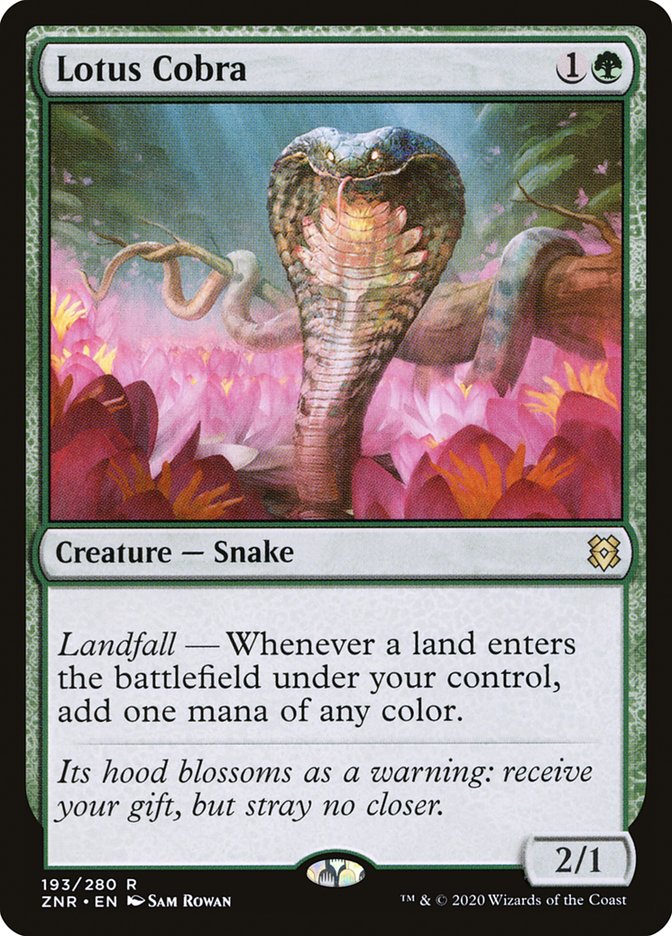
The amount of synergy between any number of pieces can be as low as a two card combo to a rising batch of effects that all combine to grant more and greater value than the cards alone could do. A good straightforward example of that might be the ability Landfall. All you need are lands, cards that get lands, and cards that trigger when lands come into play. Likewise, a deck can be built around death triggers, the storm mechanic, or artifacts to combine into an engine of overwhelming potential.
This potential is easier to grasp from the beginning of the game because the Commander of the deck can be a signpost. Some Commanders especially lend themselves to only one or two strategies and sometimes only to a good to great potential build. Other times, the treefolk commander isn't leading treefolk.
Opponents' Opera
Finally, we come to something that isn't part of the deck, but is part of what makes the deck work. The players on stage, the builders of the decks you're fighting wielded by their creators.
There is a lot you can learn from a person as they play their deck and the conversations that take place. Their temperament, their views on cards, and their playstyle. This is both potentially the biggest advantage anyone could have with other players and the biggest disadvantage. The cards they use are always going to be known once played, but until you know how they play them, why and when, that is unknowable.
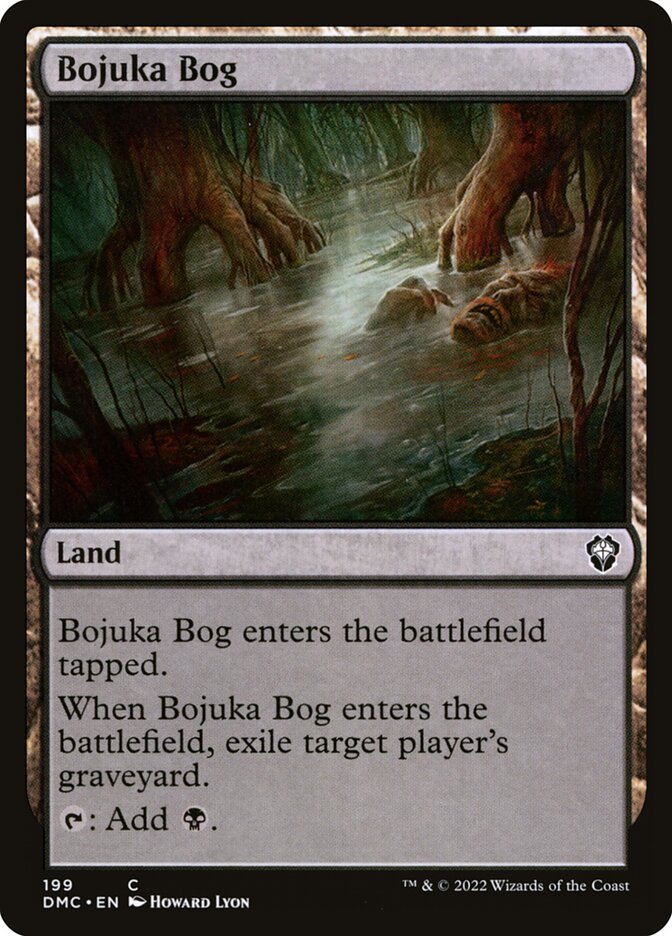
Once you do know, then you can plan accordingly. If someone is trigger happy with mass removal, then don't commit too much to the field unless you're ready to deal with them. If another loves a graveyard shenanigans deck, drop that Bojuka Bog when you feel it's right.
Knowing yourself and your playstyle also helps maximize your own potential. I love having a few efficient or useful creatures on board and like to win through combat if able. That means I have to protect or recur my creatures and the things that support them. It also means I have to commit to attacking and plan for my opponent's to attack back or preventing my attack altogether.
Practical Application
Remember when I said that this isn't a perfect method? Well, it's not. However, it is flexible enough to be applied across different metas. Your playgroup won't be mine or someone else's. This means that what you would consider for speed might be different from what I would and what they might. A deck (and their user's) potential can be applied on a per group or per pod basis. Each deck has to be evaluated on an individual level and compared to yourself and your deck design because who you play with is the only real way to gauge your and others' deck potential
That's why a power level number fails. It provides a narrow insight to a complex and variable issue. When you compare what everyone plays, how fast and how well they recover from interaction to yourself, then you get a better idea of what the potential for each deck is. You also get a better idea of where you stand among them without ever having to fear a power level 7 deck again.













